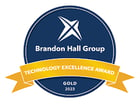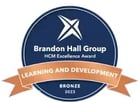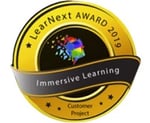Reaching New Heights Thanks To Immersive Learning With AI
VR / AR & KI Aviation
VR / AR & AI offer unique opportunities to improve training and education programs, optimize maintenance and repair processes and overall increase customer satisfaction.
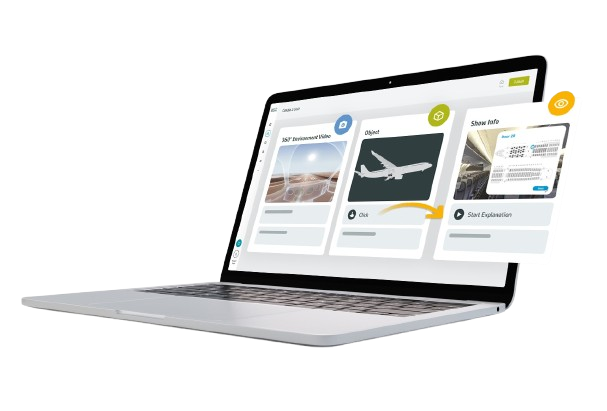

Airline Pilot and Cabin Crew Training Made Easy
Increase your training potential with the help of state-of-the-art VR/ AR & AI training tools specially developed for aviation.
Put your students in realistic training situations
VR / AR & AI for measurable learning success and immediate feedback
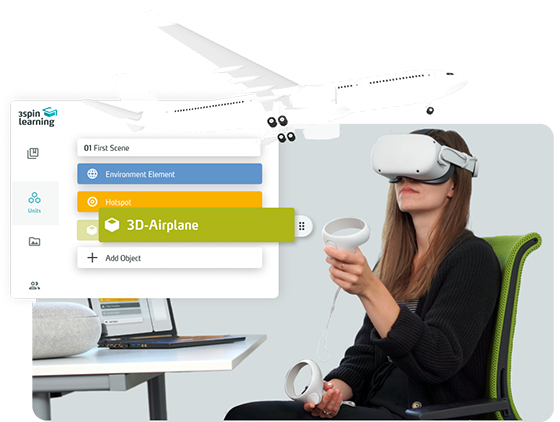
More Success: Due To Immersive Training With VR / AR & AI In Aerospace

Performance improvement of student pilots
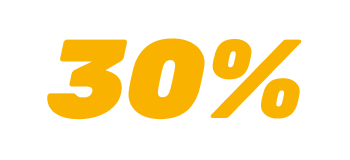
Shorter training period for pilots
15% Performance Increase of Flight Students
This is how Lufthansa Aviation Training increased the performance of its student pilots by 15% by using mobile VR training in basic training under visual flight rules.
50% Higher Sales Due To Better Informed Customers
Lufthansa boosted its upgrade rate for Premium Economy by 50% thanks to customized 360-degree upselling services with the help of targeted product information.
Cost-effective Cabin Crew Training
"Augmented and Virtual Reality will greatly enhance aviation training in the future."
Senior Manager Crew Training, Eurowings Discover GmbH / Lufthansa Group


More Use Cases
As a rule, a pilot training curriculum consists of instructor-led courses and training in a simulator before the trainees are allowed to board a real aircraft.
The subsequent recertification is usually carried out in realistic simulators, which supplement and in some cases replace the existing course content and exercises.
Assessing fitness to fly
Due to the immersive and interactive nature of VR and AR-based devices, a more comprehensive and realistic assessment of candidates' suitability for aviation is possible. For example, cognitive abilities, situational awareness, decision-making and crisis management skills, as well as hand-eye coordination and motor skills can be assessed.
Familiarizing with the cockpit
VR can simulate different cockpit environments so that pilots in training can familiarize themselves with the structure, instruments, controls and systems of different aircraft types. They can practice cockpit procedures, switchology and emergency scenarios in a realistic virtual environment, facilitating a smoother transition to actual flight training.
Pilot training
VR and AR training can supplement traditional flight training with additional practice sessions and give pilots the opportunity to refine their skills in specific areas such as landing in poor visibility, in mountainous terrain or in congested airspace, allowing pilots to train in a more cost-effective and versatile way.
Emergency procedures training
In simulated emergency scenarios, pilots practise critical decision-making and emergency procedures in a controlled and safe environment. In this way, trainees experience realistic simulations of engine failures, system malfunctions, adverse weather conditions and other challenging situations.
Air traffic controller (ATC) training
Air traffic controller trainees can practise managing air traffic, monitoring radar screens, communicating with pilots and making decisions in high-pressure situations.
Aircraft maneuvering
VR can support the training for perfect mastery of visual contact with aircraft, the correct communication gestures and the rules for parking aircraft.
Training in the aerospace industry
VR and AR can be used in aerospace manufacturing facilities to train employees in assembly processes, quality control and equipment operation. By overlaying digital information with physical workstations or providing interactive virtual simulations, trainees can learn complex manufacturing processes more effectively and reduce errors.
Training for space science
The simulation of space environments helps astronauts train for space missions. Astronauts use this technology to practice the special challenges of space exploration and hone their skills in a simulated space environment - from practicing extravehicular activities (EVAs) to operating spacecraft systems.
More Success Stories From Our Customers
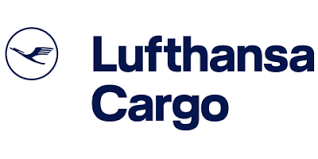
How Lufthansa Cargo cut the average failure rate of its warehouse workers' exams by 80%
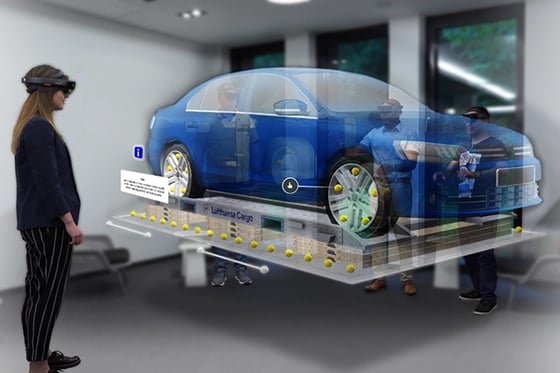
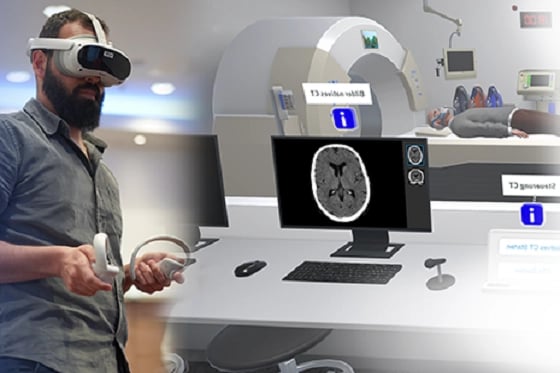

This is how E.ON grid operator Avacon succeeded in safely preparing more than 200 trainees at six locations for their day-to-day work significantly reducing travel costs
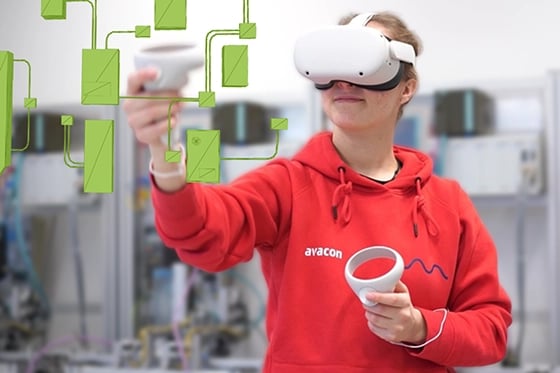
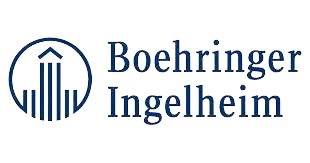
How Boehringer Ingelheim uses VR to promote hands-on and safe learning in previously inaccessible laboratories
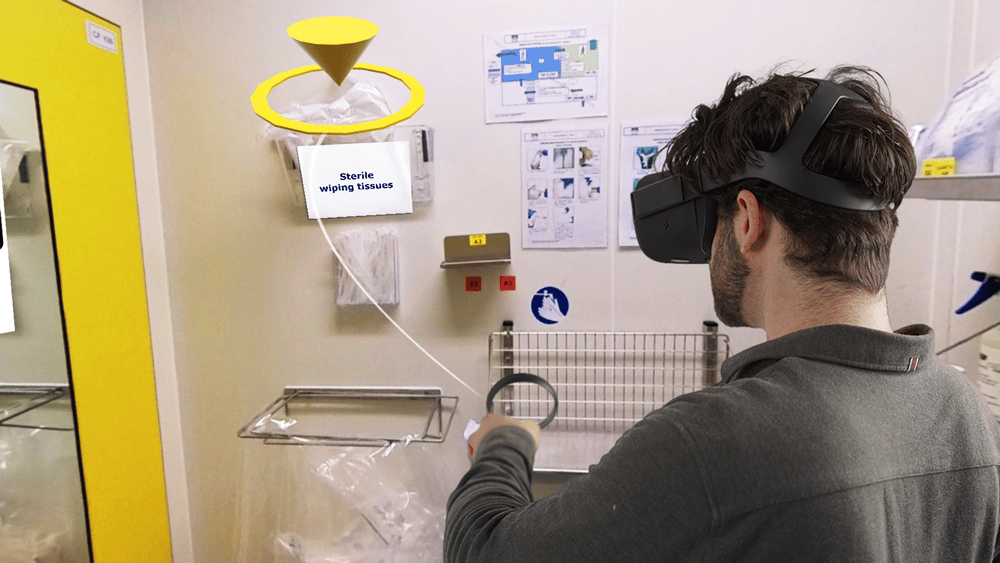
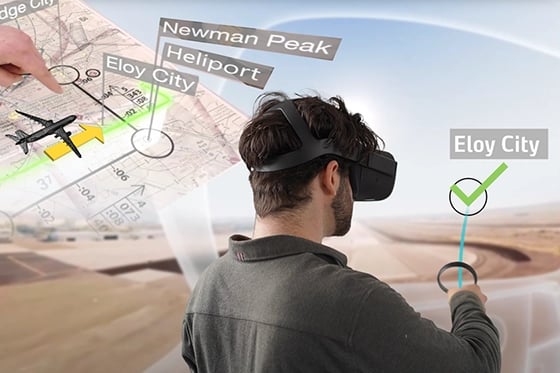
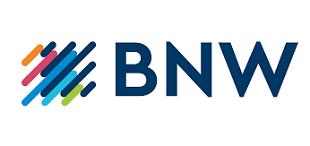
How Virtual Reality shapes the future of education and creates completely new learning experiences
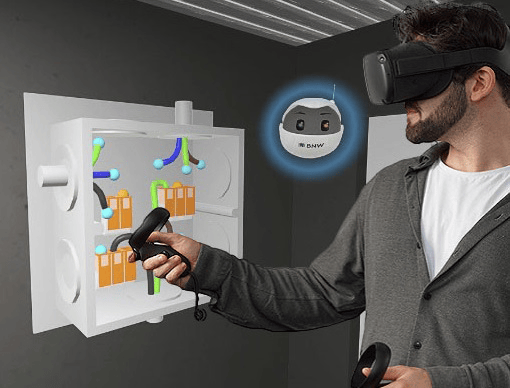
Create Your Own Immersive Training with VR / AR & AI Using Our Platform
Choose your preferred date and get a free consultation:
A personal and non-binding product demonstration
A specific assessment of your particular requirements
Hands-on insights into industry-specific case studies








